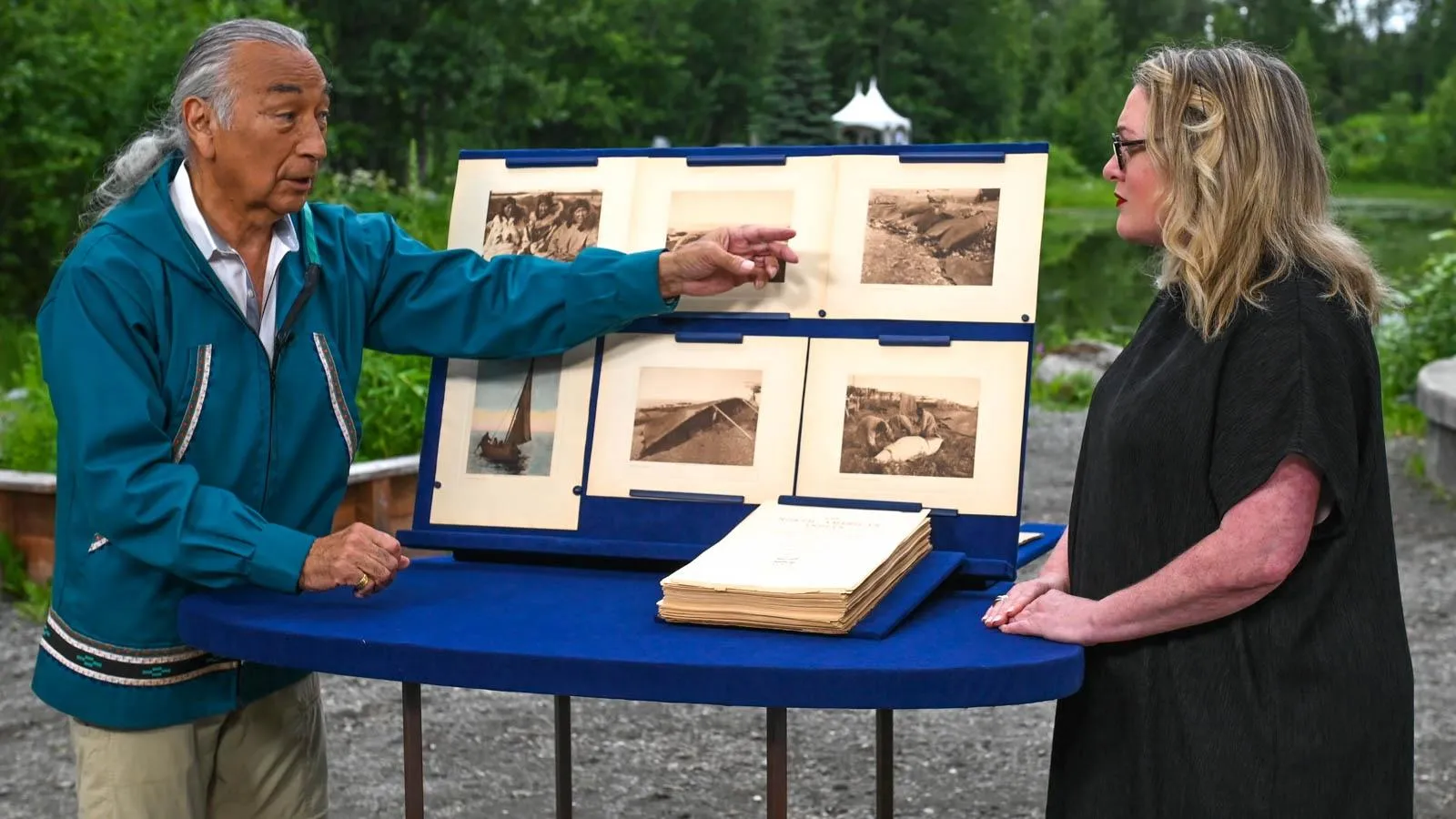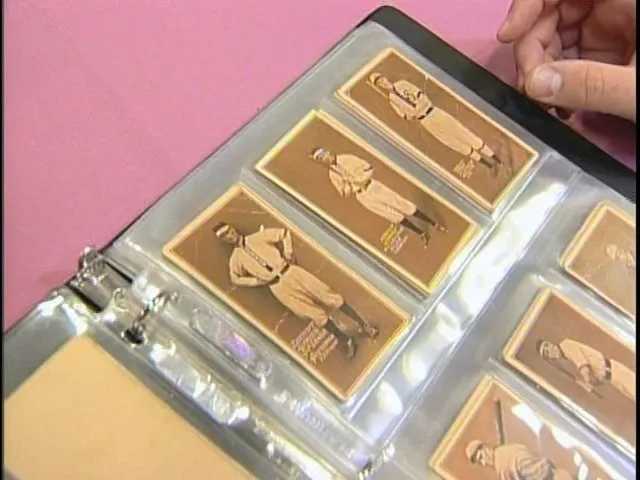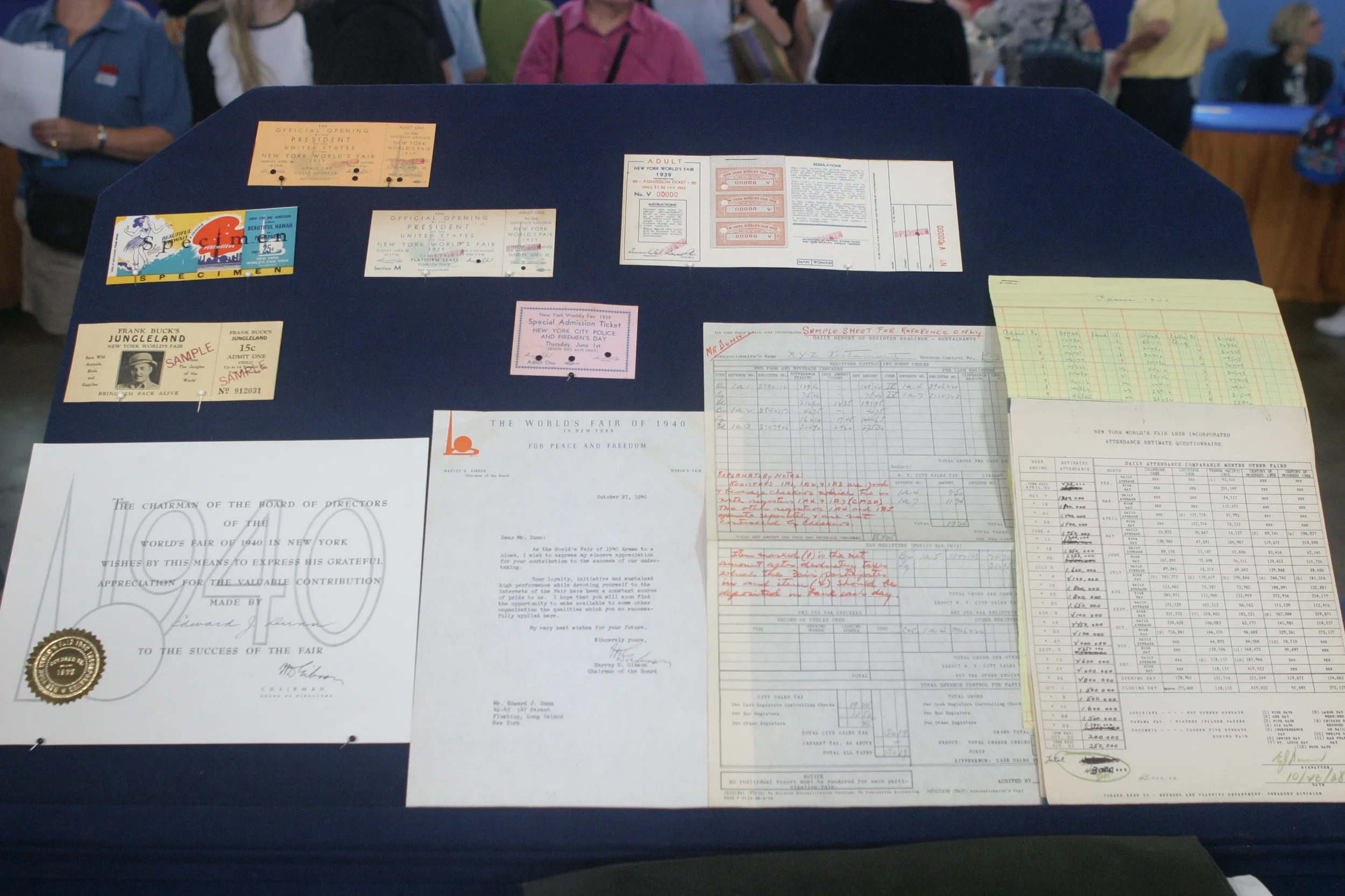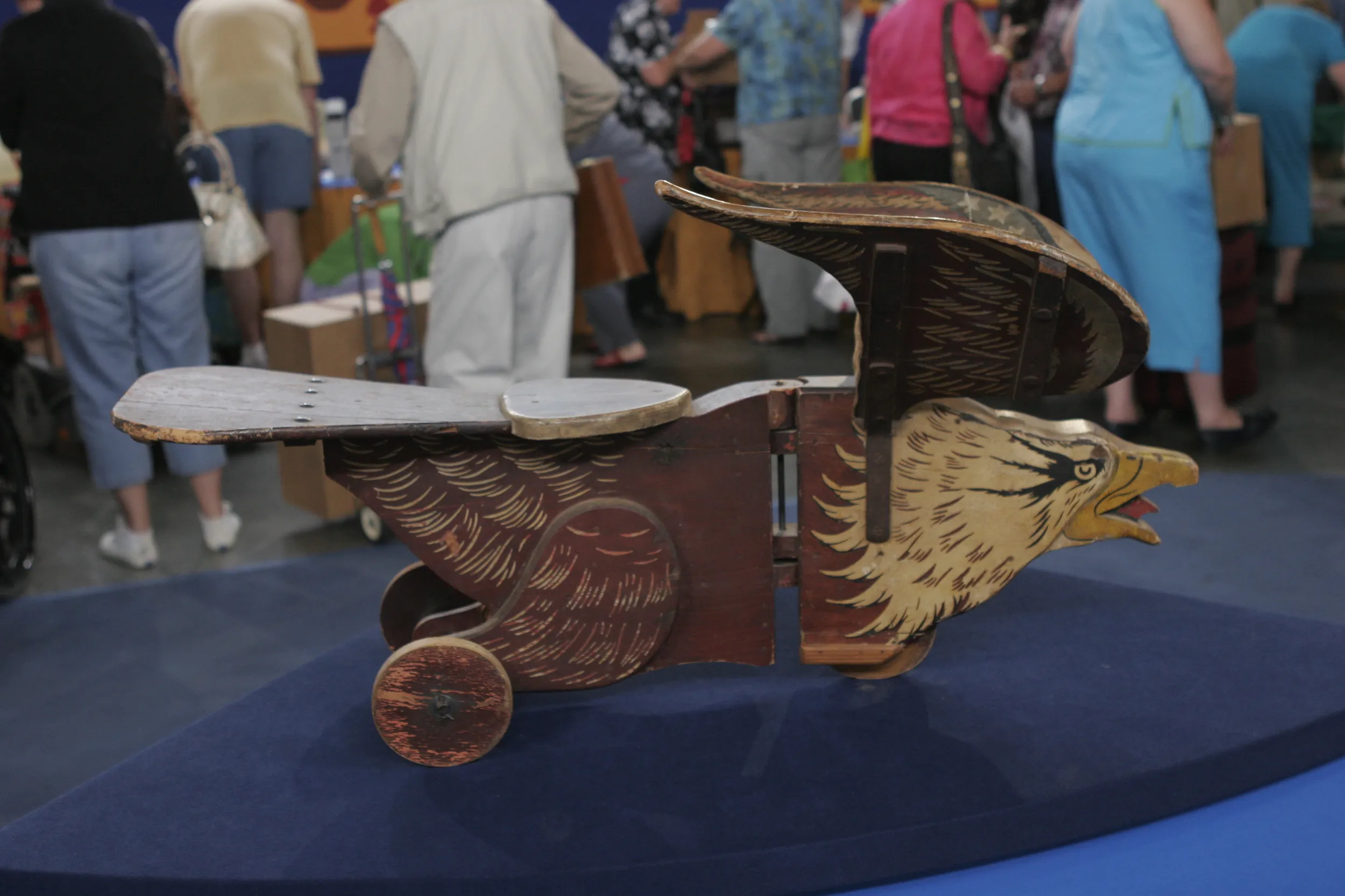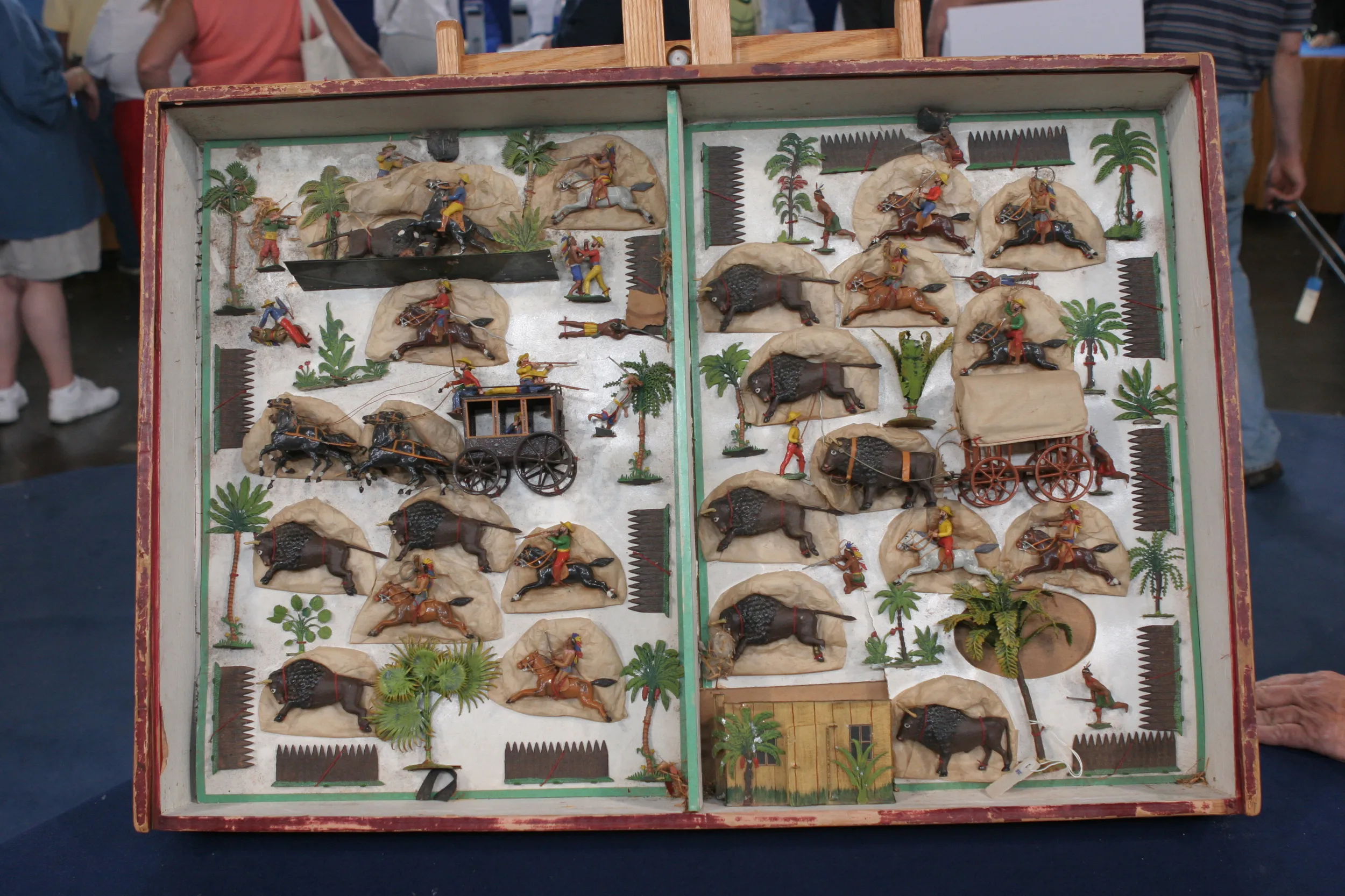GUEST: This record was given to me because I was an Al Jolson fan and my dad was involved with the beginning of talking pictures. George Groves worked under my father when they were developing the process.
APPRAISER: Mm-hmm.
GUEST: And he was visiting us in England, and my dad asked him to bring me something of Al Jolson. This record is part of the soundtrack of "The Jazz Singer." It has on it the portion of The Jazz Singer where Al Jolson is playing the piano and singing "Blue Skies" to his mother.
APPRAISER: That was a great part of that movie that we can read about. Al Jolson pops up, and then, to do his live number, and he looks at the crowd and he says, "Wait a minute, wait a minute. You ain't heard nothing yet." And then he goes into this, and the crowd is just shocked, because this is something they didn't ex, didn't know was coming. This was the first talkie, which essentially was the end of the silent film era.
GUEST: Right.
APPRAISER: So we had the first film that had synchronized dialogue and music. This is a Warner Brothers Vitaphone disc. And in this particular movie, they had 15 reels...
GUEST: Oh!
APPRAISER: ...and 15 discs. And here, when we look at close up...
GUEST: Yeah.
APPRAISER: ...we'll see that this is disc number six. You may have the only one.
GUEST: Wow.
APPRAISER: That survived. We see this is a, a sample record. And so your father was part of the sound production.
GUEST: That's correct. He was a sound engineer, and he developed the method of synchronizing it.
APPRAISER: Mm-hmm.
GUEST: Making it work.
APPRAISER: Warner Brothers started in 1923. The four Warner brothers were Harry, Albert, Sam, and Jack.
GUEST: And Sam was the one that was willing to support my father's work.
APPRAISER: Right, and it was your father's, uh, team that was in charge of making the synchronization happen.
GUEST: That's correct. And the movie contains barely two minutes of this synchronized dialogue and music. And, in fact, most of it was ad-libbed by Jolson. And it was Sam Warner that was the big advocate working on this innovation of the dialogue and sound in synchronization for it.
GUEST: Yes.
APPRAISER: Then they were finally, got to the point where they were ready to debut it on October 6, in 1927. And then, unfortunately, Sam Warner died of pneumonia the day before the premiere.
GUEST: Yes.
APPRAISER: So we see that it's a, a sample record. It would be somewhere in the process of when they started to work on this tech, new technology, leading somewhere up until, before then, they were to print the albums that were mailed out with the reels. The film itself depicts the story of Jakie Rabinowitz. He was a young man who defied tradition of his devout Jewish family. That, of course, was played by Al Jolson. And the one thing we have to acknowledge about that, as Al Jolson talked about and as essays about the movie have, have come out, is that he wore blackface. Although, at the time, it was documented that it wasn't in, to be in a derogatory or demeaning fashion.
GUEST: Mm-hmm.
APPRAISER: I think it's probably one of the most important discs relating to the movie business. I'd put an insurance value on it of $25,000.
GUEST: Wow. Thank you very much.


